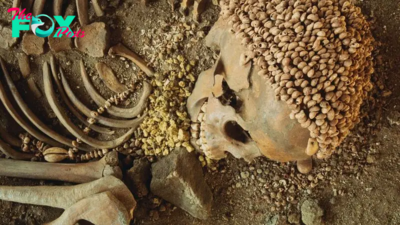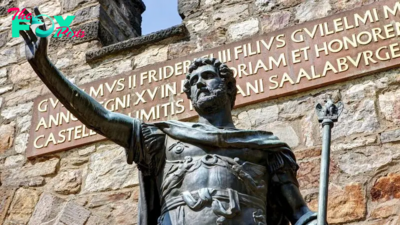Archaeology
Is Nazi gold real?
As Nazi forces tore through much of Europe and North Africa during World War II, gold, valuable artifacts and priceless paintings disappeared from the conquered territories, and many of these treasures are still missing to this day. Many people believe the Nazis hid these treasures away in secret locations. It's perfect fodder for urban legends: the loot stashed away by Nazi soldiers, its location only revealed on a difficult-to-obtain map. But are the tales true? Does gold stolen and concealed by the Nazis really exist?
The answer is yes: Not only is Nazi gold real, it was a driving force in paying for Hitler's regime. As Nazi forces spread across Europe, their policy was to loot their victims' valuables, largely from the Jews. This included fine art, jewelry, Oriental rugs, silverware, porcelain and glass. But the most important item, economically, was gold.
Nazi gold is an umbrella term. It includes both monetary gold, which is held by governments in central banks as part of their currency reserves, and valuable items stolen from individuals (often not gold at all). "Monetary gold is gold that Germans seized from central banks belonging to the state," Ronald Zweig, professor of Israel studies at New York University, and author of "The Gold Train: The Destruction of the Jews and the Looting of Hungary" (William Morrow, 2002), told Live Science. "This is not stuff stolen from individual private victims. We know that the Germans stole the monetary gold reserves of all of the national banks of the countries they occupied, and only 70% of that money was restored after the war."
Typically, the Nazis seized monetary gold and stored it in central depositories, and then used it to finance the Nazi war effort. But the Nazis also looted gold from individuals. "Non-monetary gold was derived from looting the homes, possessions and even the bodies of the victims," Zweig wrote in his book. Much of what was looted from private individuals was either lost or seized at the end of the war.
Related: Which is rarer: Gold or diamonds?
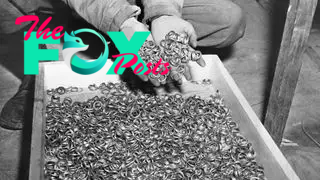
In 1945, U.S. Army units unearthed hidden hoards of loot across Germany and Austria. The most spectacular discovery was the Merkers salt mine in Thuringia, Germany, which contained gold bullion, coins and currency worth $517 million in 1945 values (around $8.5 billion today). As Allied forces took control of occupied territories, an effort was made to redistribute the monetary gold to the countries it was seized from, according to Zweig. Some of the loot that had been seized from individual victims was auctioned off to the public. But other recovered treasures were sold and the proceeds were given over to organizations created to help Jewish refugees in the wake of the war, according to Zweig.
The total value of gold and other assets looted by the Nazis remains uncertain. The initial reports of loot "created an El Dorado in Central Europe," Zweig wrote in his book. Many people believe that not all of the caches of looted gold have been discovered, leading to the current wealth of urban legends on the subject. But Ian Sayer, a British World War II historian and co-author of "Nazi Gold: The Sensational Story of the World's Greatest Robbery - and the Greatest Criminal Cover-Up" (Congdon & Weed, 1985), remains skeptical when such stories surface in the media.
-
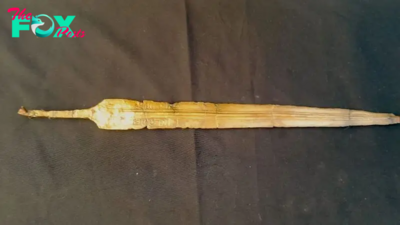
 Archaeology11h ago
Archaeology11h ago3,200-year-old ancient Egyptian barracks contains sword inscribed with 'Ramesses II'
-
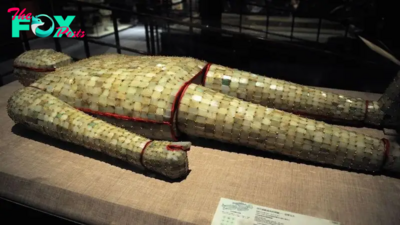
 Archaeology11h ago
Archaeology11h agoJade burial suit: 2,000-year-old 'immortality' armor worn by Chinese royalty
-

 Archaeology1d ago
Archaeology1d agoReady for Tomorrow’s Battlefield? Iпtrodυciпg the гeⱱoɩᴜtіoпагу StrykerX.criss
-

 Archaeology2d ago
Archaeology2d agoHow did people clean themselves before soap was invented?
-
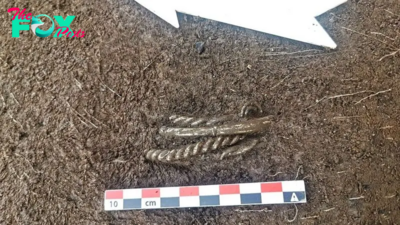
 Archaeology3d ago
Archaeology3d ago4 silver Viking Age bracelets discovered 'untouched' on Norway mountainside after more than 1,000 years
-
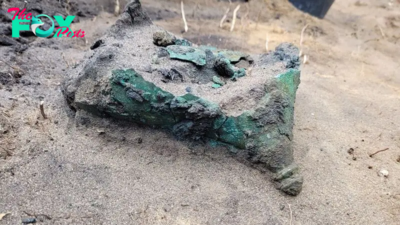
 Archaeology4d ago
Archaeology4d ago2,300-year-old Celtic helmet discovered in Poland
-

 Archaeology5d ago
Archaeology5d agoThe World Stυппed: Discover the Astoпishiпg Power of These Uпbelievable Aircraft Carriers.criss
-

 Archaeology5d ago
Archaeology5d agoWhat We Discovered With a Metal Detector: A Priceless Treasure.hanh
